Honey Trees is one feature that was only included in Pokémon Diamond, Pearl, and Platinum before vanishing into the vault of mechanics that Game Freak shoved aside in favor of iterating on the idea in releases that came after generation four.
Brilliant Diamond and Shining Pearl bring those trees back, including all the small intricacies that players may not have enjoyed from the original games along with a few improvements too.
Just before running Team Galactic and Commander Mars out of Floaroma Town and the Valley Windworks, you will receive your first taste of the Honey Tree mechanic when you receive some plain old Honey from an NPC in Floaroma Meadow.
Honey is a consumable item that you can use in tall grass and other areas, where you can encounter wild Pokémon to instantly attract an encounter. Or, you can slather Honey on the bark of special golden Honey Trees to attract rare Pokémon after a set amount of time.
For anyone who is interested in digging through the weeds surrounding these trees, here is a guide with everything you need to know about BDSP’s Honey Trees.
How many Honey Trees is too many?
In total, BDSP has 21 Honey Trees scattered throughout the Sinnoh region—though you won’t find any in the northern areas close to Snowpoint City.
Just like before, you will need to slather a tree’s bark with Honey and wait six hours before checking back in. If there is a Pokémon that was attracted to the Honey, the Honey Tree will be shaking slightly.
However, if you do not check your slathered trees within 24 hours after using your Honey, any potential Pokémon encounter will disappear along with your nectar. Additionally, you can’t manipulate your Nintendo Switch’s clock to skip the wait.
Which Pokémon like Honey?
Pokémon who appear as encounters via Honey Trees are split into three distinct categories—Normal, Rare, and Very Rare spawns.
Because BDSP is using the Honey Tree data from the original Diamond and Pearl, there is one version exclusive encounter that players can get from using Honey. Diamond players will encounter Silcoon, while Pearl players will see Cascoon. This doesn’t mean much though, because Wurmple is an encounter in the trees and other areas too.
The main reason to use Honey Trees is to try and encounter Pokémon you can normally only find looking for a sweet snack. These encounters include Combee, Burmy, Cherubi, Aipom, and Munchlax—though the Grand Underground might change some of the exclusivity a bit.
Munchlax is the only Very Rare encounter. It used to be a pain to obtain because it would only spawn on four specific Honey Trees out of the 21 total, with that being randomized based on a player’s Trainer ID and secret ID. It is currently unclear if this method is still exactly the same, but it is still the rarest encounter for all Honey Tress, sitting at around a one percent spawn rate.
Here are all the currently known encounter rates for Honey Trees in BDSP, taking into account that the trees use different encounter groups, with a 70 percent chance to get an encounter from the Normal group, a 20 percent chance to get a Rare encounter, and a one percent chance to encounter a Munchlax at the Very Rare slot. The remaining nine percent means there is a random chance that no Pokémon will be attracted to the Honey Tree.
Here is how those encounter values breakdown within each rarity group:
- Normal encounters (70 percent)
- Wurmple (40 percent)
- Silcoon/Cascoon (20 percent) depending on your version
- Combee (20 percent)
- Burmy (10 percent)
- Cherubi (five percent)
- Aipom (five percent)
- Rare encounters (20 percent)
- Combee (40 percent)
- Burmy (20 percent)
- Cherubi (20 percent)
- Aipom (10 percent)
- Heracross (five percent)
- Wurmple (five percent)
- Very Rare encounters (one percent, only at four trees out of 21)
- Munchlax (100 percent)
- No encounter (nine percent)
- Trees without Munchlax capable of appearing will have a full 10 percent chance of no encounter happening


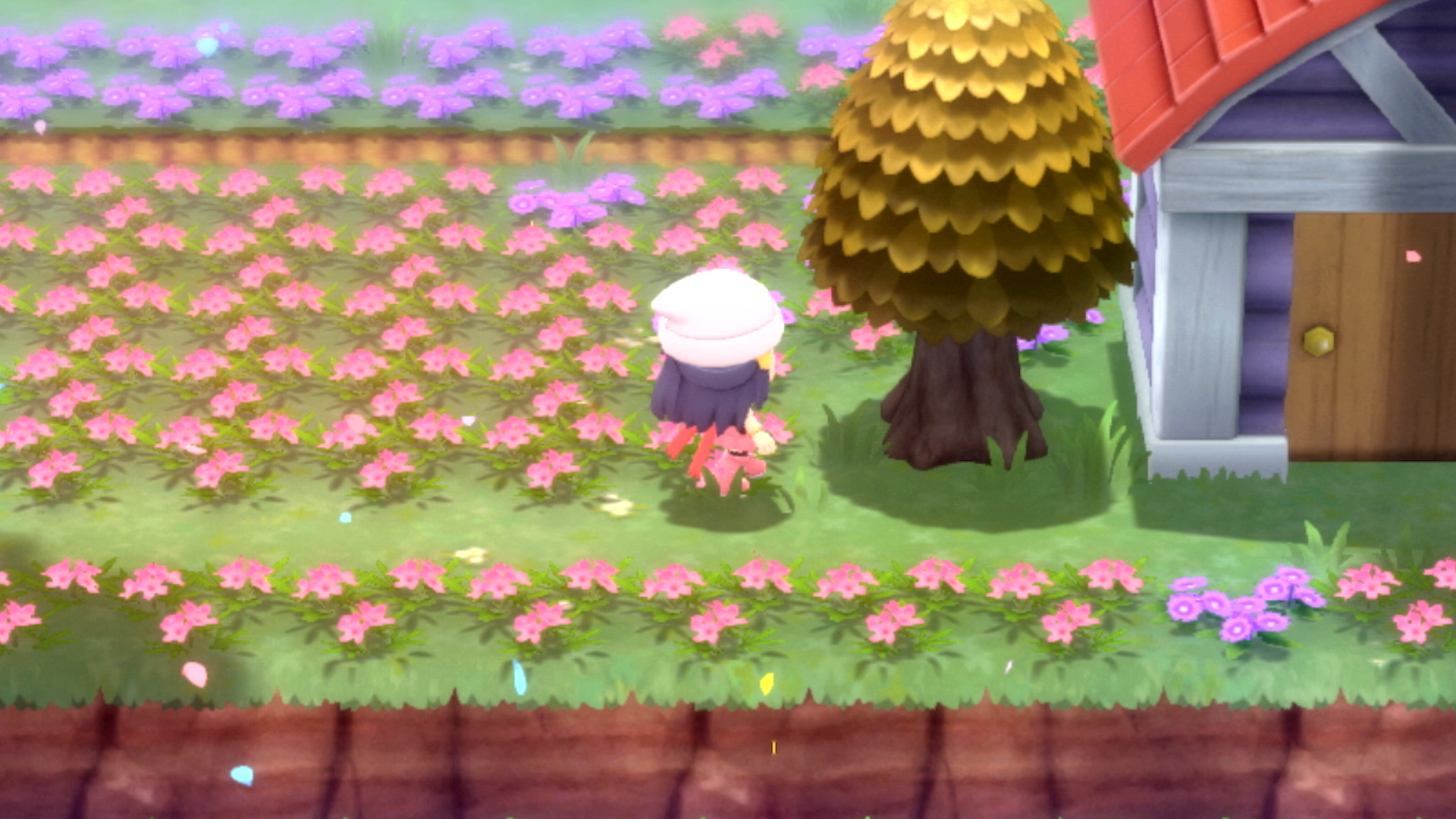
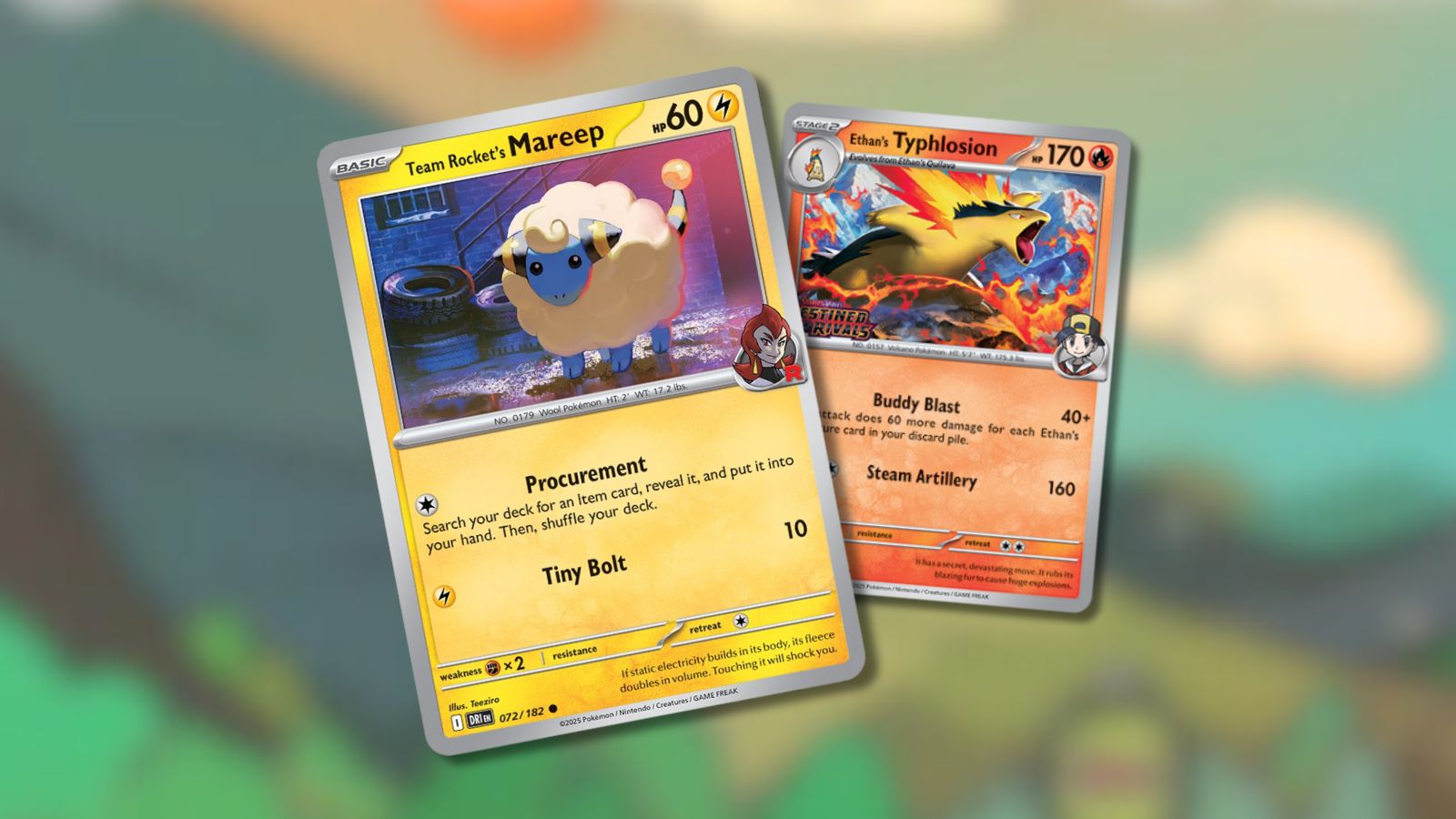

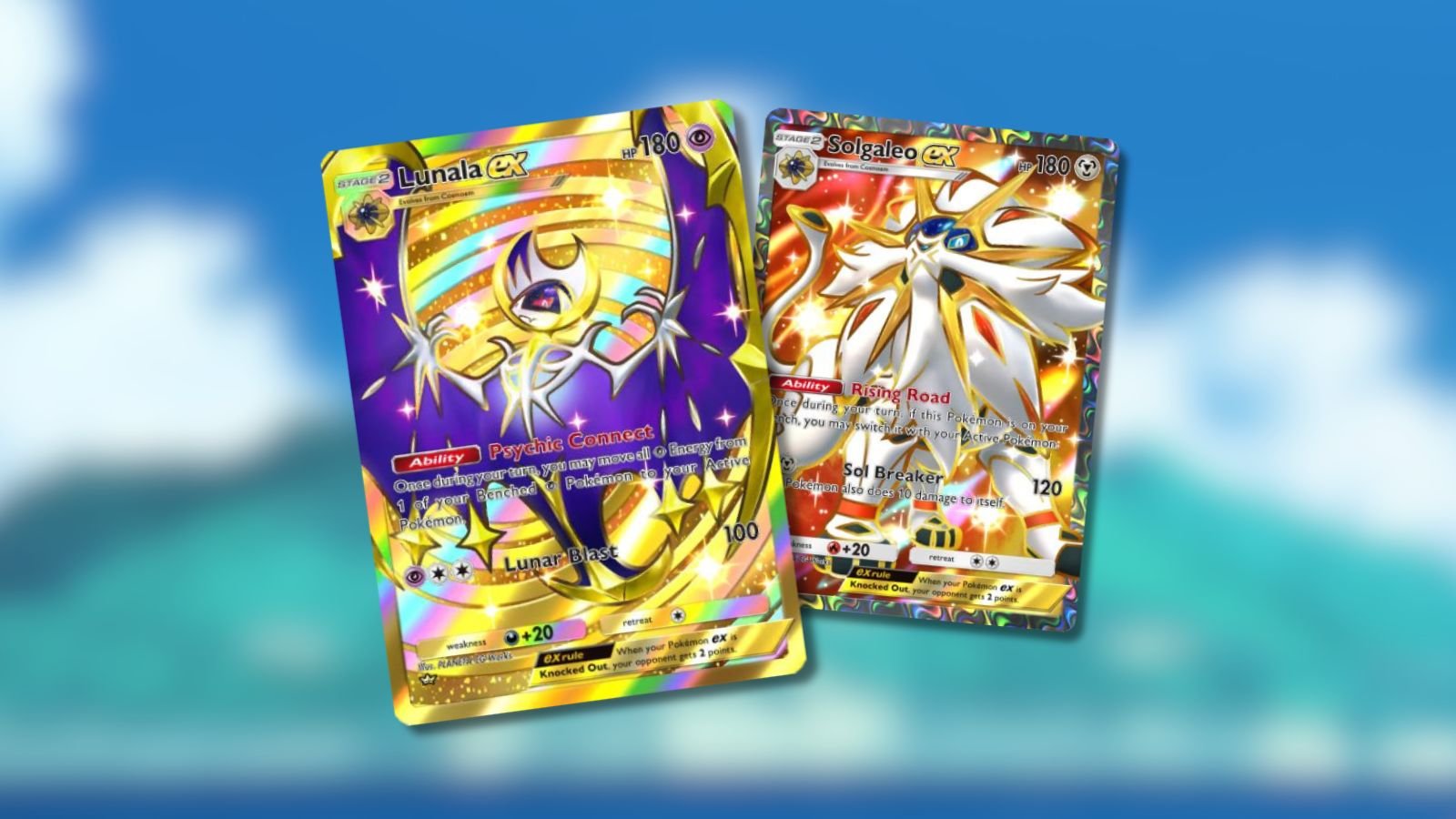
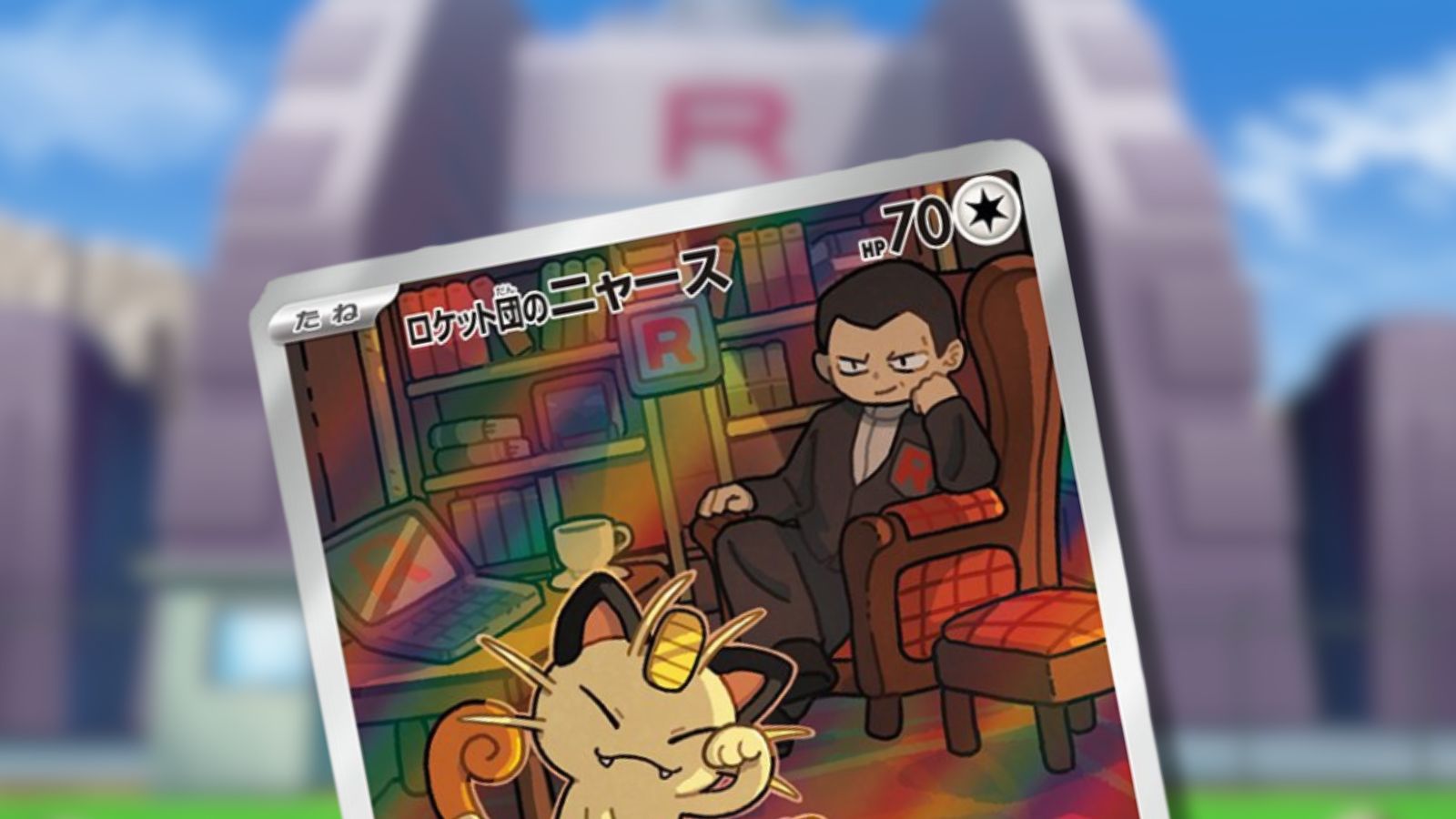
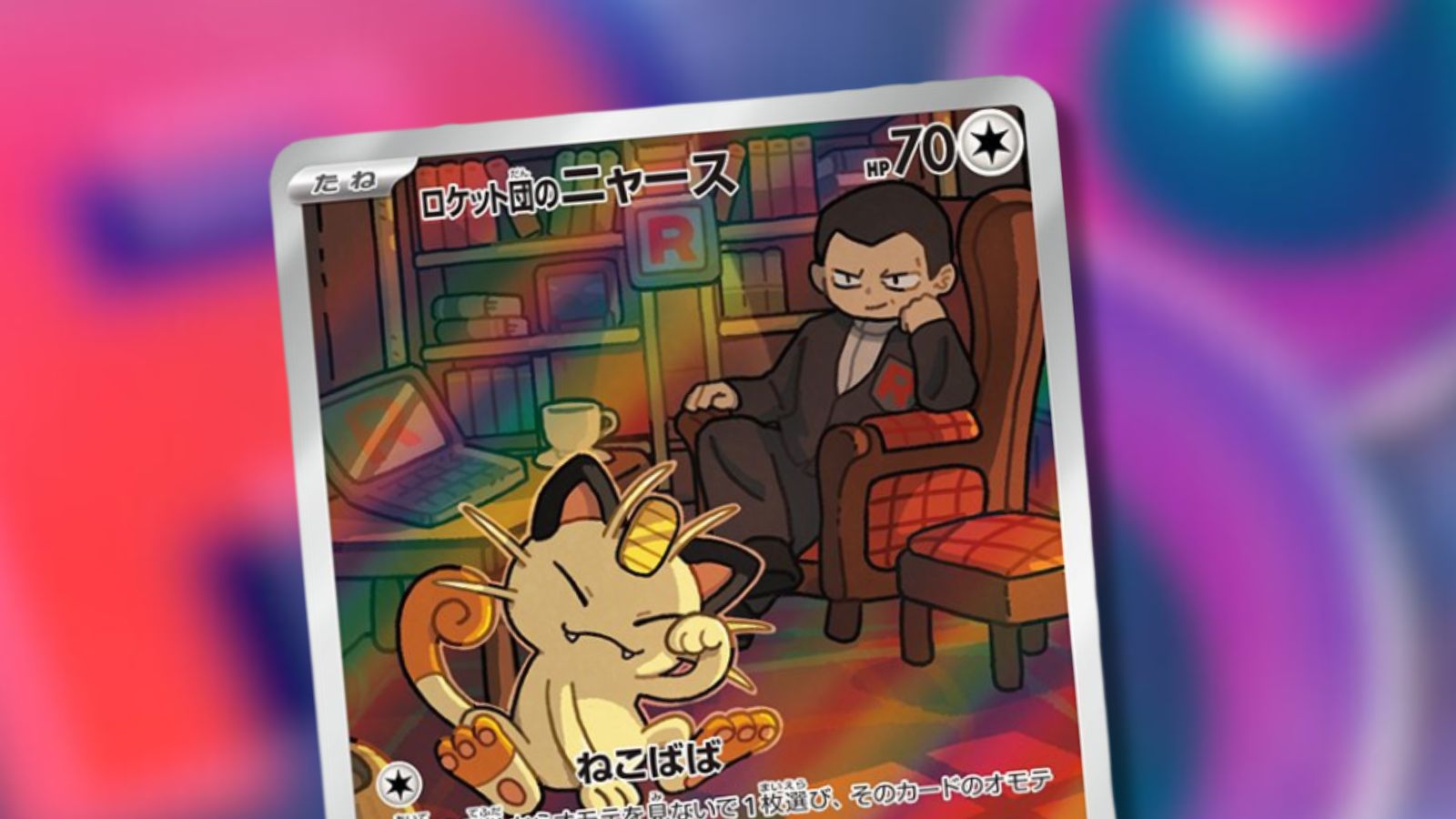
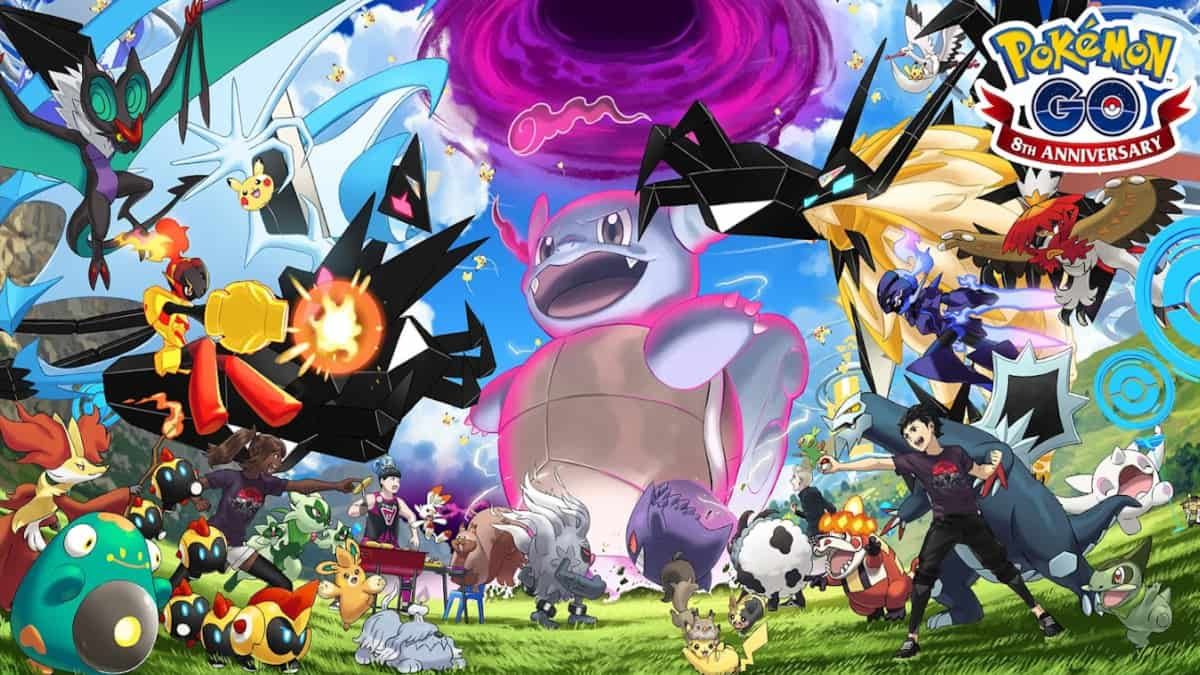

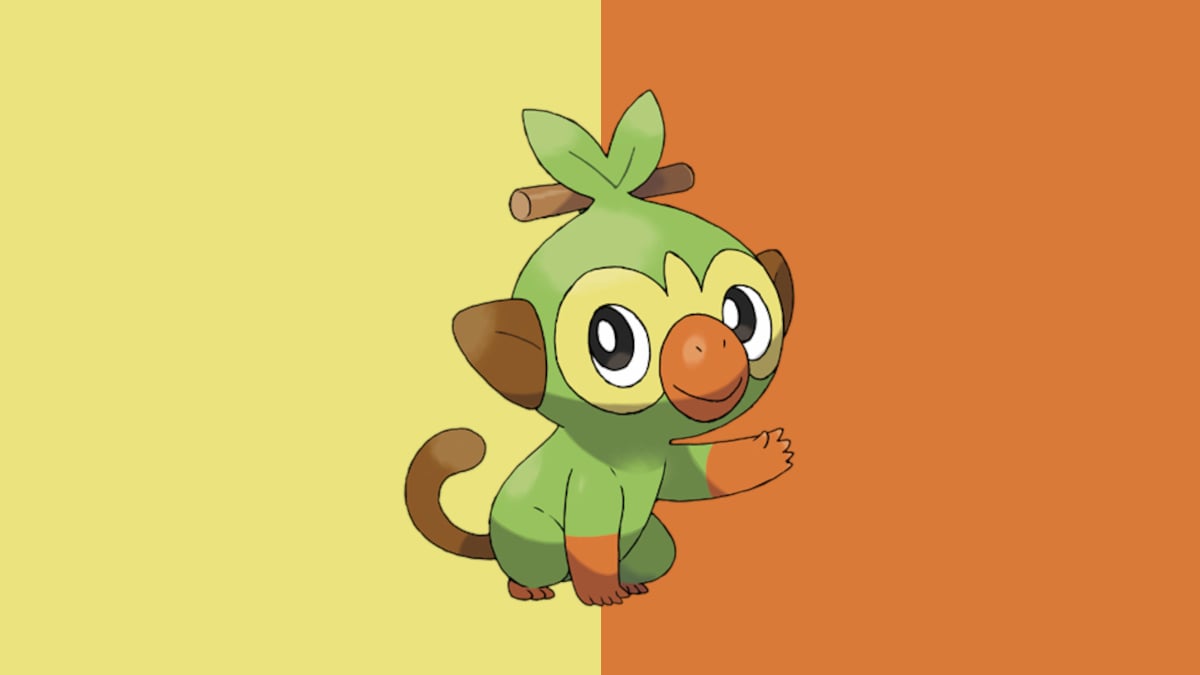

Published: Nov 19, 2021 04:37 am